These hiking tips for beginners are useful for anyone thinking about taking up this wonderful activity. Hiking is a great way to explore the wilderness, see incredible views, and get you outside.
But if you’re new to hiking, it can be hard to know how to prepare your body for an adventure in the hills or mountains. That’s why I created this blog post with 75 tips on hiking that will help beginners find their footing on any hike!
1. Leave only footprints, take only photographs
When you go hiking locally or in a national park, it’s important to be aware of the Leave No Trace principles. These are guidelines to help reduce your impact on the environment. Some of the most important tips are to always carry out what you carry in, leave natural features and landscapes undisturbed, and respect wildlife.
2. Hike like a beginner
When you’re just starting out hiking, it’s important to set realistic goals and limits for yourself. Hiking can be a lot of fun, but it can also be dangerous if you’re not prepared.
Start small. When you’re first starting out, it’s best to stick to easy routes within your experience level. This will help you get comfortable with hiking and prepare you for more challenging hikes in the future.
3. Learn to navigate there and back
When you’re hiking, it’s important to navigate your way around. Not being able to do so can lead to being lost, and that can be dangerous. Familiarise yourself with the area before you start hiking.
Look at a map of the area and identify any landmarks that you can use to help guide you. Use a compass to help you orient yourself if you get lost. Most hiking trails are distinct, but some are not, so you need to learn how to read a map.
4. Let the season guide your hiking ambition
Before you go on your hike, check the weather and dress appropriately. If it’s a hot day, wear light clothes and sunscreen. If it’s cold or raining, wear a jacket and boots. Be sure to bring an extra layer of clothing if the temperature drops or you get wet.
Be aware of your surroundings at all times, and be prepared for any obstacles that might come your way. It’s easy to be too ambitious when you set out on a hike. But the weather can change rapidly and catch you unprepared.
5. Prepare like it’s a military campaign
When preparing for a hike, it’s important to think of it like a military campaign. You need to pack the right supplies, plan your route, and be aware of the potential dangers.
The most important thing is to pack the right supplies. You’ll need food, water, a first-aid kit and a map of the area. Plan your route in detail, so you know what to expect. And be aware of the dangers, such as wildlife, weather and cliffs.
If you’re hiking with a group, make sure everyone knows the route and what to do in case of an emergency.
6. Who knows you’re out there in the hills?
The joy of hiking is the sense of freedom and getting away from it all. But, you must let someone know what you’re planning to do and when to expect you back from your hike.
It’s unlikely you’ll need any help. But one day, you might, and people can find you more quickly when they know your approximate routine or location.
7. Hike to enjoy it, not race it
When you go out on a hike, take your time and enjoy the experience. Don’t try to race to the finish line; instead, take in the sights and sounds of nature around you. This will make the hike more enjoyable and memorable.
8 Treat your feet like best friends
Your feet are your best friends when hiking, so it’s important to take care of them. Here are a few tips to help you do that:
- Make sure you have good hiking boots that fit well and are comfortable
- Wear wool or synthetic socks to keep your feet warm and dry
- Bring extra socks with you if your feet get wet
- Don’t wear cotton socks, as they absorb moisture and make your feet cold and uncomfortable.
- Take breaks often to give your feet a chance to rest
9. Look for landmarks along your way
When you’re hiking, it’s important to be aware of your surroundings so that you can safely find your way back. One way to do this is to look for landmarks along your way.
Some examples of landmarks include hills, mountains, valleys, rivers, and streams. If you can identify landmarks, you can orient yourself and figure out which direction you’re heading.
10. Be a good hiking citizen
Always clean up after yourself and your dog. If you see rubbish, pick it up and carry it out with you. Be familiar with the Leave No Trace principles (as mentioned earlier). Be respectful of other hikers.
One day, you might need the help of that hiker coming the other way, or overtaking you.
11. Start cold
When starting out, it’s important to start your hike cold. This means you should start your hike at the bottom of the hill or mountain, instead of starting at the top. This will help you get warmed up and avoid any injuries.
And starting cold means don’t wear too much clothing when you head off. Within minutes, you will get hot and end up taking off a few layers. It’s better to start feeling a little chilly, to avoid faffing about taking off layers soon after you start.
12. Watch and learn weather signs
One of the most important things that a beginner hiker can do is watch the weather. By watching the weather, you can learn about the different signs that Mother Nature gives us. This will help you be better prepared for your hike and know when it might be best to cancel or postpone your hike.
Some of the most common weather signs that hikers should be aware of include: dark and stormy clouds, high winds, thunder and lightning, heavy rain, snow, fog and extreme temperatures.
13. Test your gear well before you go
Another important preparation for any hike is testing your gear. Make sure everything is in good working condition before you set out on your hike. This includes your clothing, backpack, shoes, water bottle and other gear.
And never start a hike in boots you’ve never worn before. It’s a recipe for blisters or sore feet, which can ruin your day.
14. It’s not about the weather, it’s about the clothing
There’s an old saying, “There’s no such thing as bad weather, only unsuitable clothing“. Wearing the wrong clothing can make a hike in pleasant weather miserable. What you wear on your feet, head and hands will have as much impact, if not more, than an over- or under-filled backpack or inappropriate footwear.
There are many types of clothes to choose from, and you need to find what works for you.
But, the most obvious clothing to get right is your jacket and trousers or shorts. Being ready for what the weather throws at you is a vital hiking skill. If you haven’t got appropriate clothing, you’ll feel uncomfortable, which will spoil your hiking.
15. Carry the weight on your hips
When you’re hiking, it’s important to carry most of the weight of your backpack and its content on your hips. This will help you stay balanced and avoid injury. Your shoulders should take some weight. If you carry most of the weight through your shoulders, it is tiring and can be uncomfortable at best, and painful at worst.
Distribute the weight evenly between your hips and shoulders. If you’re not used to carrying a lot of weight, start with small hikes and gradually increase the distance as your body becomes stronger.
And, that means buying a backpack with a good, padded waist strap. Plus, it needs adjustable shoulder straps to get the right fit for your body shape.
16. Ask what happens when the battery runs out
There are some wonderful, digital gadgets to use when you hike. You can buy electronic maps and digital compasses to help you navigate. But, what happens when their batteries run out and you are far from your destination?
If you are relying on your phone as a map, compass and camera, it’s important to know that there is no guarantee that the battery will last the entire hike. Bring an extra battery or come up with another plan for navigation if your device runs out of power.
And also be prepared to rely on a traditional map and compass as a backup. They won’t let you down when you need them.
17. Learn to love water
The taste of water when you’re on a hike is like nothing you’ve experienced. Your thirst makes you appreciate water much more than you did when you drank it from the tap. You will learn to love water and appreciate its importance in your hiking life.
Take a metal water bottle with you to keep your water cool and fresh. The size of the bottle depends on the weather, length and difficulty of your hike.
18. Be ready to burn calories like a steam train burns coal
Despite what you might think, hiking is a pretty intense form of exercise. It burns calories like nothing else, and you’ll be going up and down hills all day long if it’s on a trail with any sort of incline. That means you’re burning more than just fat, but also muscle mass – especially when your backpack feels heavier as the hike goes on.
To make the most of your hike and ensure you don’t end up exhausted halfway through, be prepared to burn as many calories as possible. That means eating properly before and during the hike, drinking enough water, and packing snacks that will give you sustained energy throughout the day – like nuts, whole fruit or bars made specifically for hikers.
19. When you stop, stay warm
When you stop to rest during your hike, it’s important to take the time to stay warm. If you don’t, you could easily catch a cold or worse. Here are five tips for staying warm while you’re resting:
- Put on an extra layer of clothing.
- Drink something warm.
- Eat something warm.
- Get up and move around a bit to generate heat.
- Use a thermal blanket or sleeping bag if you have one.
20. Reward yourself when you get there
One of the best ways to enjoy your hike is to reward yourself when you finish. Maybe have a nice lunch or dinner out, or buy yourself a new piece of hiking gear. Whatever it is, make sure you enjoy yourself and celebrate your accomplishment.
21. Being uncomfortable is for amateur hikers
When you’re a beginner hiker, it’s important to focus on your comfort. You don’t want to be uncomfortable on your hike, because that will only make it harder for you. Here are a few tips to help ensure you’re comfortable on your hike:
- Make sure you’re wearing the right clothes. You’ll want to wear comfortable clothes that allow you to move easily.
- Make sure you have the right gear. You’ll need a good backpack, water bottle and snacks for your hike.
- Make sure you’re familiar with the route. If you’re not familiar with the route, do some research ahead of time so you know what to expect.
22. Learn to protect your skin
When you go out hiking, it is important to protect your skin from the sun. Wear sunscreen, a hat and sunglasses. Drink plenty of water to stay hydrated, and avoid hiking in the middle of the day when the sun is at its strongest.
Even in winter, you need to protect your skin from the sun’s harmful UV rays. Wear sunscreen, a hat and sunglasses when hiking in winter.
23. Understand the signs of fatigue
As a beginner hiker, it is important to be aware of the signs of fatigue, so that you can take the necessary precautions. Fatigue can set in quickly when you’re hiking, especially if it’s hot or you’re carrying a heavy pack.
Symptoms of fatigue include feeling weak, lightheaded or dizzied, having a headache, feeling sick to your stomach, feeling like you can’t concentrate or making poor decisions. If you experience any of these symptoms, stop hiking and rest.
24. Spot the amateurs
The hills look lovely from the valleys. You head out to walk up them in your new hiking boots and clothing, only to see people on the rocky summits wearing canvas trainers and fashion-clothing.
Yes, those are the amateurs who don’t understand the impact they could have on themselves and other hikers. They might think they look cool, but in reality, their lack of preparation and disregard for safety can ruin the hike for others. If it rains hard and they become wet, cold and tired, you could end up helping them off the hills.
The best way to avoid being an amateur hiker is to do your research before you go. Know what type of terrain you’ll be hiking on, what the weather is forecast to be like, and how long it will take to get from the bottom of the hill to the top. Plus, you need to wear and carry the right kit.
25. Take (lightweight) wildlife guides with you
One way to make your hike more enjoyable and informative is to take wildlife guides with you. This will help you identify the different animals you see. And you will learn more about their habits and habitats. This will make your hike more interesting, but it can also be a learning experience for the whole family.
To select the right wildlife guides for your hike, it’s important to consider the type of terrain you’ll be hiking in. For example, if you’re hiking in a forested area, you’ll need guides that specialise in identifying trees and plants. If you’re hiking in a grassy meadow, you’ll need guides that specialize in identifying birds and insects.
26. Record your route
One great benefit of the hiking apps and gadgets is they can record your route as you go. This can be helpful if you get lost (or just want to brag about your amazing hike).
This also allows people who are hiking with you to know where you are and how long it should take them to reach you.
Plus, if something bad happens – like you twist an ankle – rescuers will have a much easier time.
27. Follow your own route, not other hikers
When hiking, it’s important to remember to stay safe by following your own route and not following other hikers. This is especially important when hiking in a group, as it can be easy to get lost if you’re not paying attention.
The hikers in front of you might be heading to a different destination. If you follow them without knowing their destination, you could end up a long way from where you want to be.
If you’re unfamiliar with the area, bring a map and compass so you can stay on track.
28. It’s harder going down
Going uphill is hard on your lungs. Going downhill is tough on your knees. And this can be painful if you’re not ready for it.
When descending, take your time and use your knees and legs to absorb the shock of each step. If you’re wearing hiking boots, make sure they have good treads.
If it’s a steep descent, hold onto something sturdy, like a tree or rock.
29. Get fitter than you think you need to be
Hiking is a great way to get out and enjoy nature, but it can also be dangerous if you’re not prepared. Here are two tips to help you get started:
1. Get in shape before you start hiking. Hiking is a strenuous activity, and if you’re not in good shape, you may be more likely to get injured.
2. Learn about the terrain you’ll be hiking on. Make sure you know what to expect and how to prepare for different types of terrain.
30. Be ready to communicate with basic tools
One of the first things you should do before hitting the trails is to ensure you’re properly prepared. This means communicating with basic tools in case of an emergency. You should always bring a whistle and headlamp to use to help people find you or alert them to your situation.
31. First aid is not just for others
It’s important to know how to help yourself. This is especially true if you’re hiking or camping in a remote area. Here are a few tips on how to give yourself first aid:
- If you’re injured, clean the wound and cover it with a sterile bandage or dressing.
- If you have a headache, take ibuprofen or acetaminophen.
- If you’re feeling sick, drink plenty of fluids and eat light, bland foods.
- If you have a stomach ache, drink lots of fluids and take anti-diarrhoea medication if needed.
- If you’re feeling dizzy or lightheaded, sit down and drink some water.
- If you burn yourself, run the wound under cold running water for at least 20 minutes. Some hiking experts recommend covering it with a clean bandage and taking painkillers, such as ibuprofen, if needed.
32. Be prepared to turn back (if there is even a small river with no bridge)
When you’re hiking, it’s always important to be prepared if something goes wrong. This means having the proper supplies, maps and knowledge to get back to safety.
If you’re ever faced with a difficult situation while hiking, don’t be afraid to turn back. There’s no shame in admitting that a hike is too tough for you and going back the way you came.
33. What happens if it gets dark before you get to the end?
One of the most important things to remember when hiking is to be prepared for anything. This means bringing a flashlight, extra batteries, and knowing how to use them.
If it gets dark before you reach the end of your hike, find a safe place to spend the night. Make sure you have a map and compass, so that you can find your way back in the morning.
34. Be an improvisation enthusiast
It’s not something most hikers like to think about, but how do you help someone who injures themselves (like a twisted ankle) on a hike? You may not have a walking stick to help them, or a stretcher to carry them in.
This is when you need to improvise with the kit you carry with you. For example, if you need to carry someone, use hiking poles between two people to make a seat to carry the injured person.
Or for smaller, lighter people, loosen the shoulder straps on your backpack so the injured person can slip their legs through the loops. You can use your backpack as a makeshift stretcher.
35. The bigger the backpack, the more you’ll be tempted to take
Although it might be tempting to take a lot of gear with you on a hike, remember that the bigger your backpack, the more you’ll be tempted to take. This can weigh you down and make the hike more difficult than it needs to be. Instead, try to take only the essentials – so you can enjoy the hike without feeling weighed down.
Some essentials you’ll need include food, water, a first-aid kit and a map of the area. Make sure you pack enough food and water for the hike.
36. Realise why a Swiss Army is so useful (and not just a gadget)
A Swiss Army knife is a versatile and handy tool to have around. It can do many things, such as cutting through cord, opening cans, or sawing wood. But why is it so useful?
One of the reasons is that a Swiss Army knife can be used for multiple purposes. For example, if you need to cut something but don’t have scissors, you can use the knife on the Swiss Army knife. If you need to cut branches from trees to make an improvised seat stretcher (see above), use the saw on the knife.
37. What to do about going to the toilet on a hike?
When you’re hiking, there are a few things you need to remember when it comes to going to the toilet.
First of all, always go to the bathroom before you set out on your hike. If you need to go during your hike, find a spot that is as far away as possible from any water sources. Dig a hole at least six inches deep, and bury your waste afterwards.
Another thing is, always bring toilet paper with you. If your water supply runs short, there are other ways to clean yourself, but these can be uncomfortable and awkward. Therefore, having a roll of tissue in your backpack will save the day if this happens.
38. Learn to pack your bag like a pro
Packing your bag properly is one of the most important things you can do to ensure your hike is enjoyable and safe. Here are a few tips to help you pack like a pro:
- Pack what you need the quickest at the top of your backpack, so you can get to it fast.
- A backpack is a bag for carrying things, not an overnight suitcase! You want to keep everything in your pack as high and close-to-your body as possible. That way, the weight stays closer to your centre of gravity (and off your shoulders!) and hiking feels easier on all parts of your body.
- Tuck loose straps and tie-downs into the bag, rather than hanging them out where they can get caught on things or snag other hikers. Loose straps are also tripping hazards for your fellow hikers!
39. Invest in the best hiking gear you can afford
You don’t need the most expensive gear, but don’t skimp on quality. Make sure your boots are comfortable and fit well.
Invest in a good hiking backpack that fits well. It should be big enough to carry all your supplies, but not too big or bulky that it becomes cumbersome to hike with.
Good gear makes hiking a lot more enjoyable and comfortable.
40. Buy multi-use hiking gear
When it comes to hiking gear, it’s best to buy items that can be used for multiple purposes. This will help save you space in your pack and money in your wallet. Here are a few examples of multi-use hiking gear:
- A good quality backpack that can be used for day hikes and overnight trips.
- Hiking boots that can also be worn for everyday use.
- A water bottle that can be used on short hikes and long treks.
- A headlamp that can be used for both hiking at night and reading in bed.
41. Layering is the secret to comfort
Layering your clothes is the key to staying comfortable while hiking. You can add or remove layers as needed to adjust to the changing temperature. Here are some tips for layering:
- Start with a base layer that will keep you warm and dry. A T-shirt or long-sleeve shirt works well as a base layer.
- Add a layer of insulation, such as a fleece or wool sweater.
- Add a waterproof and windproof layer, such as a raincoat or jacket.
- Finish with a pair of trousers that will protect you from the wind and rain.
42. Learn about the materials next to your skin
When you’re hiking, it’s important to be aware of the materials next to your skin. Many fabrics are great for hiking. But some can cause irritation or allergic reactions. Make sure to avoid clothing made of:
- Acrylic
- Cotton
- Fleece
- Rayon
- Silk
- Wool
Apart from irritating your skin, fabrics like cotton are poor at wicking sweat away from your skin, which can lead to a nasty case of chafing and feeling cold and clammy when you stop. Choose fabrics like nylon, polyester and merino wool instead – these materials will help keep you cool and comfortable on your hike.
43. What to do about the bugs on your hike?
There are many ways to deal with bugs while hiking. One way is to use bug spray. Another way is to use a netting to keep the bugs away from your face. You can also wear a hat with a netting to keep the bugs away from your head.
44. Realise the importance of a hot drink
A hot drink is one of the most important things you can take on a hike with you. It can warm your body up on a cold day, help you recover from a tough hike, or just make you feel more comfortable. Some of the best drinks to take with you on a hike include coffee, tea, hot chocolate and soup.
You’ll need a flask to carry it with you and keep it hot.
45. Eat like a hiker, not a gym bunny
When you’re out on a hike, it’s important to eat like a hiker, not a gym bunny. That means you should consume foods that will give you sustained energy throughout your trek, as opposed to processed snacks that will only give you a quick burst of energy that quickly wears off.
Some great hiking foods include whole fruits and vegetables, trail mix, nuts, seeds, whole grain breads and wraps, hummus, peanut butter and jam sandwiches, and fruit bars. If you’re looking for something sweet, try dried fruit instead of chocolate bars or cake. And always bring plenty of water with you!
46. Read route reviews
When preparing for a hike, always read route reviews before heading out. Reviews can give you an idea of the difficulty, how long the hike is, what to expect and what kind of terrain to expect. They can also help you find hikes that suit your skill level and fitness level.
47. Don’t go alone on your first hike
If you are a beginner hiker, it is best not to go on a hike alone. This is because if something happens to you while hiking, there is no one there to help you. It is also important to have someone with you if you get lost.
48. Adapt your kit to the time of year
When you’re hiking, it’s important to ensure that you have the right gear for the time of year. For example, in the summer, you’ll need to pack sunscreen, a hat and insect repellent. In the winter, you’ll need to pack a coat, gloves and hat.
49. Walking poles aren’t for pussies
I used to think walking poles were for pussies. But I now realise their value. Walking poles help you balance on uneven and rough terrain.
They put less strain on your joints by adding stability to balance. They are also useful when going down steep slopes, as you can use them to brake.
But be warned: don’t use your walking poles as a crutch – you will only hurt yourself. When not in use, always keep them securely fastened to your rucksack or hang them over one shoulder.
50. Your dog will chase sheep
When it comes to hiking with your dog, there are a few things you need to remember. First and foremost, always keep your dog on a lead. This is for the safety of both you and your dog – you don’t want your pet to run off into the wilderness, and you also don’t want them harassing or attacking wildlife.
51. Make sure you take food for your dog
Your dog will probably walk twice as far as you if you can let it off its lead, so they’ll be as hungry as you. And take plenty of water for your dog. If they can’t find a puddle or stream to drink from, you’ll need to give them water. And be sure to clean up after your pet – nobody likes stepping into dog muck on the way!
52. Don’t hang stuff off your backpack
One of the things you should avoid when hiking is hanging stuff off your backpack. This includes water bottles, cameras, and anything else that could cause you to lose balance or stability while on the trail. Not only can this be dangerous, it can also be frustrating, since you’ll have to stop frequently to adjust your pack.
53. Learn how to deal with farmyard animals
When hiking in open country, there is always the chance of encountering farm animals. If you do come across cows, horses or pigs, remember these important tips:
- Always keep your distance and give them plenty of space. They may look cute, but they are still wild animals.
- Do not attempt to touch or feed them
- If you’re walking with your dog, keep them on a tight lead and under control – farm animals can be very protective of their young and may attack dogs.
- If an animal charges you, don’t run – this will only excite it further. Try to back away slowly and sideways until you’re out of its reach. If there’s nowhere to go, curl up into a ball and protect your head.
- If you’re unfortunate enough to be attacked, fight back fiercely and shout for help.
54. Stick to the route
When you’re hiking for the first time, it’s important to stick to the route. This will help you stay safe and avoid getting lost. If you do get lost, try to stay calm and find a sheltered spot to wait for help.
If you’re hiking with a group, make sure to stay together. This will help you keep track of everyone and ensure that no one gets left behind or lost.
In addition, always tell someone where you’re going and what time you expect to be back. This will help them know if they need to start looking for you if you don’t return on time.
55. Respect the land and the landowner
You must always respect the land and the landowner. This means not disturbing or damaging any plants or wildlife, and staying on the designated trails. It’s also a good idea to familiarise yourself with the local laws and regulations on hiking and outdoor recreation.
56. Get there early (so you can get a parking space)
One of the most important things to remember when hiking is to get there early. This will ensure you can find a parking spot and start your hike without feeling rushed.
57. When it says ‘No fires’, it means no fires
When you see a sign that says “No fires”, it means no fires. This is because fires can easily get out of control and cause a lot of damage. The impact of an accidental fire can be disastrous, both for people and for the environment.
That’s why it’s important to obey the signs and not start any fires, even if you think you can handle it. People have been known to start fires because they were careless, or because they didn’t know any better.
Please be careful when you’re hiking, and make sure you never start any fires.
58. Don’t drink the water
One of the most important things to remember when hiking is not to drink the water. The reason for this is that the water in nature often contains harmful bacteria and parasites that can make you sick. It’s a good idea to bring a water bottle, so that you can stay hydrated during your hike.
59. Hikes can take longer than you think (because of the elevation)
When planning a hike, always remember to add extra time due to elevation changes. This is because the higher you go, the slower you will move – even if you are in good shape. You will also need to consider the time it takes you to get back down, which is usually faster than going up.
60. Take some cash with you
It is always important to take some cash with you when you go hiking, if you get lost and need to buy something from a local shop, or if you need to take a taxi back to your car or home.
You might not need cash, but it’s good to have the option if nobody lets you pay by card.
61. Avoid alcohol when hiking
When you’re hiking, it’s best to avoid alcohol. This is because alcohol can inhibit your ability to make good decisions, which can be dangerous when hiking. It can also make you dehydrated, which can be dangerous when hiking in hot weather.
62. Understand your rights of way
When you’re hiking, it’s important to be aware of your rights of way. This will help you stay safe and avoid potential problems with other hikers. In the UK, the following rules apply:
- On a bridleway, cyclists have the right of way over hikers
- On a footpath, hikers have the right of way over cyclists
- If there’s no designated path, hikers and cyclists should give way to each other
Be sure to research the local laws in your area before you go hiking, as they may vary from place to place.
63. Learn to repair your feet
When you go on a hike, the health of your feet is important. If you’re not used to hiking, you may not know how to take care of your feet while you’re on a hike. Here are two tips to help you keep your feet healthy and happy while you’re out on the trail:
- Wear shoes made for hiking. This will help protect your feet from getting injured.
- Bring a first-aid kit with you, so that you can treat any blisters or other injuries that may occur.
- Drink plenty of water and eat healthy snacks while you’re on the walk. This will help keep your energy level up and your feet healthy.
Make sure you change your footwear as soon as possible if something happens to them while you’re on the route, like a hole or broken lace. You don’t want something minor to turn into an injury that could ruin your hike!
64. Don’t risk the leap or dodgy bridge
When hiking, there are a few things to be aware of to stay safe. One of the most important is to be aware of your surroundings and prepared for what lies ahead. This means being aware of any risks, such as dangerous bridges or jumps. If you’re not sure if something is safe, don’t risk it – there’s no need to take unnecessary risks when hiking.
65. Plan stops into your hike
One of the most important things to remember when hiking is to plan your stops. This will help you avoid becoming overwhelmed and exhausted during your hike, especially on a longer hike.
Make sure to consider how long the hike will take, how difficult it is, and how many breaks you’ll need along the way. It’s also important to bring enough water and snacks with you to keep you fuelled up.
66. Go with a pro, if you can
One of the best ways to enjoy a hike is to go with a pro. If you can’t find a guide, do some advanced research on the trail and bring plenty of supplies.
67. Take a mountain craft course
Hiking can be a great way to enjoy the outdoors and get some exercise, but it can also be dangerous if you’re not prepared. Taking a mountain craft course will teach you the basics of hiking safety and how to deal with different types of terrain.
68. Realise it’s as much a mental challenge to hike
When you’re hiking, you’re going to face many challenges. You’ll have to deal with the physical challenge of the hike, as well as the mental challenge. Hiking can be a mentally taxing experience, especially if it’s your first time
69. Join a group
One great way to overcome your fear of hiking is to join a hiking group. This will give you the opportunity to hike with experienced hikers who can guide you and help you learn the ropes. It will also make the experience more fun and social.
Here’s a place where you can find local walking groups
70. Rain gets into everything (unless you’re prepared)
One of the most important things to remember when hiking is that bad weather can happen at any time. It’s important to be prepared for rain, wind, and other inclement weather conditions. Make sure you have a good rain jacket and trousers, as well as a hat and a pair of waterproof shoes or boots.
Don’t forget all your gear inside the backpack. You’ll need a waterproof cover for your backpack, and you should put anything valuable inside dry bags.
71. Warming down is as important as warming up
Warming down is as important as warming up when it comes to hiking. Just as your muscles need to be stretched before you begin hiking, they also need to be stretched and loosened after hiking. This will help prevent injuries, fatigue and stiffness.
Here are four tips for warming down after a hike:
- Take a slow walk around the area where you finished the hike. This will help your muscles slowly adjust and loosen up.
- Do some light stretching exercises. This will help increase blood flow and speed up the recovery process.
- Drink plenty of water and eat something nutritious. This will help your body recover quickly.
- Give yourself plenty of time to relax and rest after a hike.
72. Learn to use the sun (when it’s out)
When hiking, it is important to use the sun to your advantage. The sun helps you stay on track. It is easy to become lost in the wilderness, but if you pay attention to the position of the sun, you can orient yourself and find your way back.
73. Nature can help you navigate
Be aware of your surroundings when you hike. Not only will this help you stay safe, but it can also help you get better navigation. One way to do this is to pay attention to the natural features around you.
For example, if you’re lost and looking for a landmark to help understand where you are, pay attention to the different types of trees and plants around you.
In some parts of the world, moss grows on the northern side of trees. So if you’re lost and see moss on a tree, you know you’re looking north.
74. Keeping warm is more important than staying dry
When hiking, staying warm is more important than staying dry. If you get wet, you can warm up by doing some physical activity, such as walking or running. However, if you’re cold, you’ll be less likely to want to do anything, which will make you even colder.
Here are a few tips for staying warm while hiking:
- Wear layers: This will allow you to adjust your temperature as needed.
- Bring an emergency blanket: This can come in handy if you stop for a break and get cold.
- Drink lots of fluids: This will help keep you warm from the inside out.
- Eat plenty of food: This will give your body the energy it needs to stay warm.
75 A head torch is better than a hand torch
For hiking, a head torch is often seen as the better option than a hand torch. This is because it provides a wider beam of light, which can help you see more of your surroundings and also allows you to keep your hands free.
There are, however, a few things to consider before you choose a head torch for hiking. The most important thing is to ensure it is bright enough for the conditions in which you will use it. If you will be hiking in low-light conditions, you will need a head torch of at least 200 lumens.
Another thing to consider is the weight of the head torch. Heavier torches can be uncomfortable to wear for long periods, so look for a lightweight design that is well balanced on your head. The strap should also be adjustable to ensure it sits comfortably without slipping or twisting.
If you are looking for something cheaper than the options above, check out the Amazon basics range: Amazon Basics Headlamp, which works in much the same way.
Summing up hiking tips for beginners
This post is a hiking tips for beginners guide to help you prepare for, enjoy and make the most of their hikes. It includes tips on warming up, staying warm, using the sun to navigate, and some basic safety advice. It also provides advice on how to choose the right hiking gear for your needs.
I hope you find these hiking tips and tricks for beginners helpful. Hiking or hillwalking is great fun and rewarding. Follow these tips and you will make your time outside enjoyable and safe.
Hiking tips for beginners FAQs
How long should a hike be for beginners?
There isn’t a specific length that is best for beginner hikers. It really depends on your fitness level, how much time you have available, and how far you feel comfortable hiking. Some people may be able to handle a longer hike on their first try, while others may prefer a shorter hike.
A good rule of thumb for planning a hike is to aim for a distance that you feel comfortable with, and to start with a shorter hike and gradually increase the distance as you become more experienced. It’s also important to consider the terrain and the elevation gain of the hike, as these can both impact the difficulty of the hike.
If you’re just starting, you might want to try a hike that is under 5 miles and has relatively gentle terrain. As you become more comfortable and fit, you can gradually increase the distance and difficulty of your hikes.
What are the 3 basic skills in hiking?
There are many skills that can be useful for hikers to know, but some basic skills that every hiker should have include:
Navigation: being able to use a map and compass (or GPS device) to orient yourself and find your way to your destination.
Planning: knowing how to plan a hike, including choosing a route, estimating the time it will take, and packing the necessary gear and supplies.
Safety: understanding how to stay safe while hiking, including being aware of your surroundings, knowing what to do in an emergency, and being prepared for changing weather conditions.
Other useful skills for hikers might include first aid, Leave No Trace principles (see below), and basic survival skills.
What is the golden rule of hiking?
The golden rule of hiking is to leave no trace. This means that when you are out hiking, you should strive to leave the environment as unchanged as possible. This includes respecting wildlife, not leaving any litter behind, and minimising your impact on the land.
To follow the Leave No Trace principles, you should:
Plan and prepare: know the area you will be hiking in and be prepared for it.
Travel and camp on durable surfaces: stay on established trails and campsites, and avoid trampling vegetation.
Dispose of waste properly: pack out all of your trash and dispose of human waste properly.
Leave what you find: leave natural objects and artifacts undisturbed.
Minimize campfire impact: use a stove for cooking and minimize the use of campfires.
Respect wildlife: observe wildlife from a distance and do not feed or disturb them.
By following these principles, you can help protect the natural beauty of the hiking areas you visit and make sure that they remain pristine for future generations.
How many miles a day should a beginner hiker get?
There isn’t a specific number of miles that a beginner hiker should aim to cover in a day. The distance that you are able to hike will depend on your fitness level, the terrain of the trail, and how much time you have available.
As a general rule, most people can comfortably hike between 3 and 5 miles in a day, depending on the conditions. If you are just starting out and are not very fit, you may want to aim for the lower end of this range. As you become more experienced and fit, you can gradually increase the distance that you hike.
It’s important to remember that hiking is not a race and that the goal is to enjoy the experience, not to cover as much distance as possible.
If you are feeling tired or if the terrain is more difficult than you expected, it’s perfectly fine to take breaks or to turn back early. It’s better to take your time and enjoy the hike than to push yourself too hard and risk injury or exhaustion.
What should you not do while hiking?
Here are some things that you should try to avoid doing while hiking:
Don’t wander off the trail: staying on the established trails helps to minimise your impact on the environment and also helps to prevent you from getting lost.
Don’t litter: be sure to pack out all of your trash and leave the area clean for others to enjoy.
Don’t disturb wildlife: observe wildlife from a distance, and do not feed or disturb them.
Don’t hike alone: it’s always a good idea to hike with a partner or a group, in case you encounter any problems or emergencies.
Don’t ignore warning signs: pay attention to any warning signs that you come across on the trail, such as signs warning of dangerous conditions or areas that are closed to hikers.
Don’t push yourself too hard: hiking should be enjoyable, not a test of endurance. If you are feeling tired or if the terrain is more difficult than you expected, it’s okay to take breaks or to turn back early.
By following these guidelines, you can help to make sure that your hiking experience is safe and enjoyable.
What is the first rule of hiking?
The first rule of hiking is to be prepared. This means taking the time to plan your hike, packing the necessary gear and supplies, and knowing the area you will be hiking in.
Some other important considerations for preparing for a hike include:
Knowing your physical limits: choose a hike that is appropriate for your fitness level and experience.
Wearing the right clothing and shoes: dress in layers and wear shoes with good traction.
Bringing enough food and water: be sure to bring enough food and water to sustain you on the hike, as well as any necessary medications or first aid supplies.
Telling someone your plans: let someone know where you are going and when you plan to be back, in case of an emergency.
By being prepared and taking the necessary precautions, you can help to make sure that your hiking experience is safe and enjoyable.
No. 1 beginner hiking tip?
One of my hiking tips for beginners is to start small and work your way up. If you are new to hiking, it’s a good idea to start with shorter, easier hikes and gradually increase the distance and difficulty as you become more comfortable and fit.
This will help you to build up your endurance and confidence and will also allow you to become more familiar with your gear and the type of terrain you will encounter on the trail.
Another beginner hiking tip is to wear the right clothing and shoes. Wear layers of clothing that you can adjust as needed to stay comfortable, and choose shoes with good traction and support to help prevent slips and falls.
Finally, be sure to bring enough food and water for the hike, as well as a map, compass (or GPS device), and a first aid kit. By following these tips, you can help to make sure that your first hiking experience is safe and enjoyable.
Is hiking safe for beginners?
Hiking can be a safe and enjoyable activity for beginners, as long as you are prepared and take the necessary precautions. Here are some tips to help make sure your safety while hiking:
Choose a hike that is appropriate for your fitness level and experience.
Wear the right clothing and shoes. Dress in layers and wear shoes with good traction to help prevent slips and falls.
Bring enough food and water for the hike, as well as a map, compass (or GPS device), and a first aid kit.
Tell someone about your plans. Let someone know where you are going and when you plan to be back, in case of an emergency.
Stay on the established trails. This helps to minimise your impact on the environment and also helps to prevent you from getting lost.
Be aware of your surroundings. Pay attention to any warning signs or hazardous conditions on the trail.
By following these guidelines, you can help to make sure that your hiking experience is safe and enjoyable.
Here are some other useful links:
7 Principles for Leave No Trace
A great place to find hiking routes
Get GPS Maps for free from Gaia Maps
Use Alltrails for finding routes

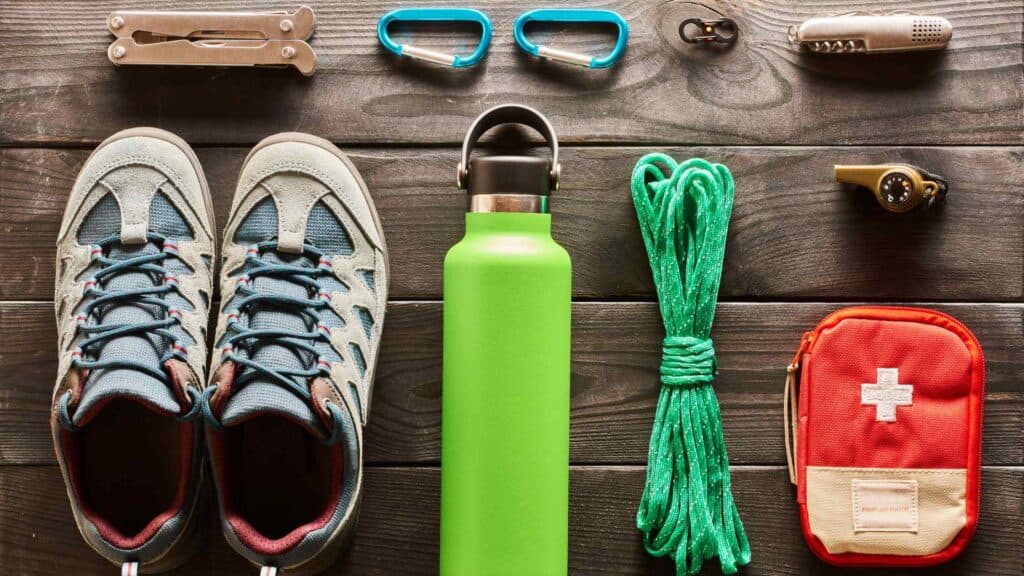
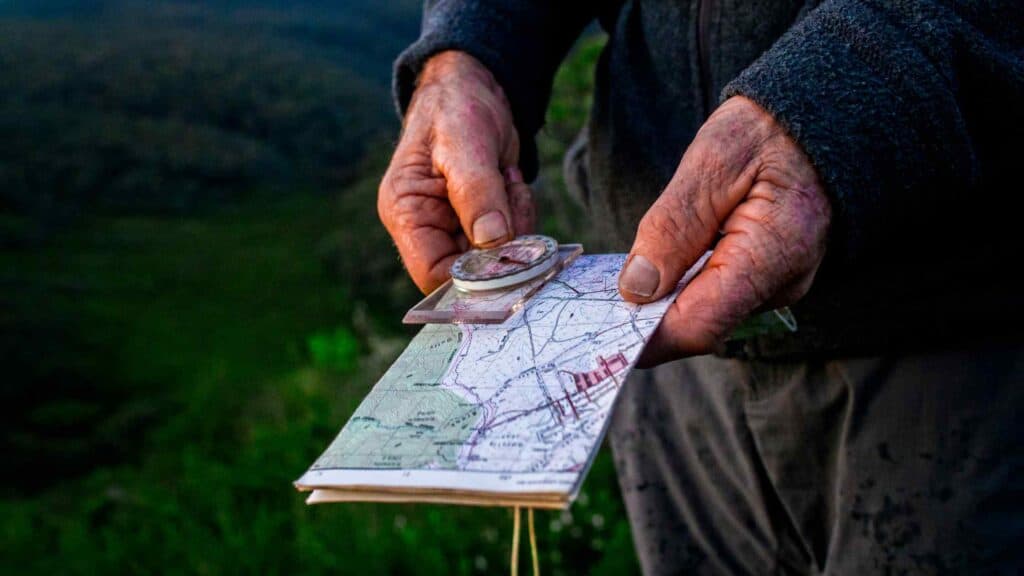
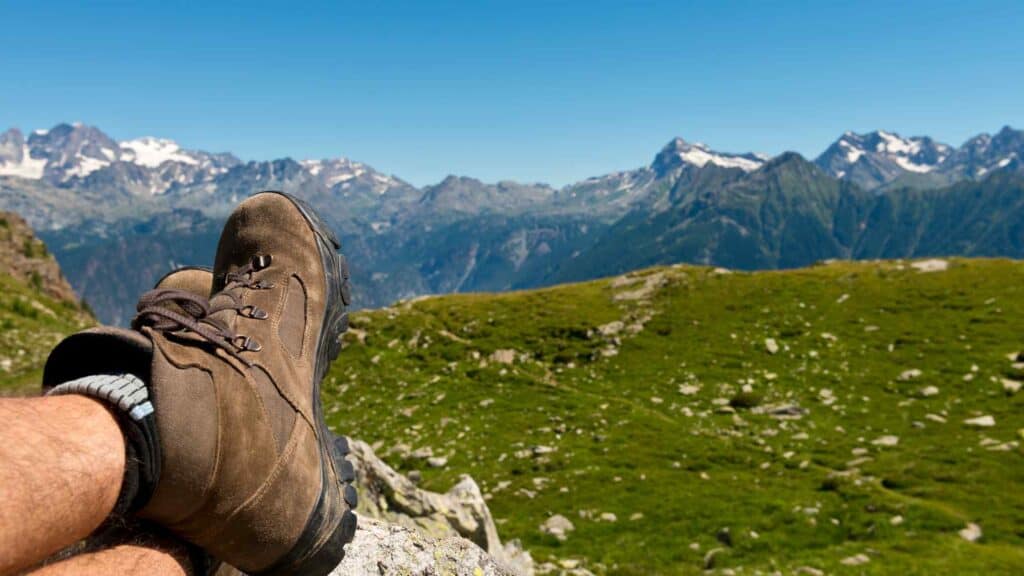
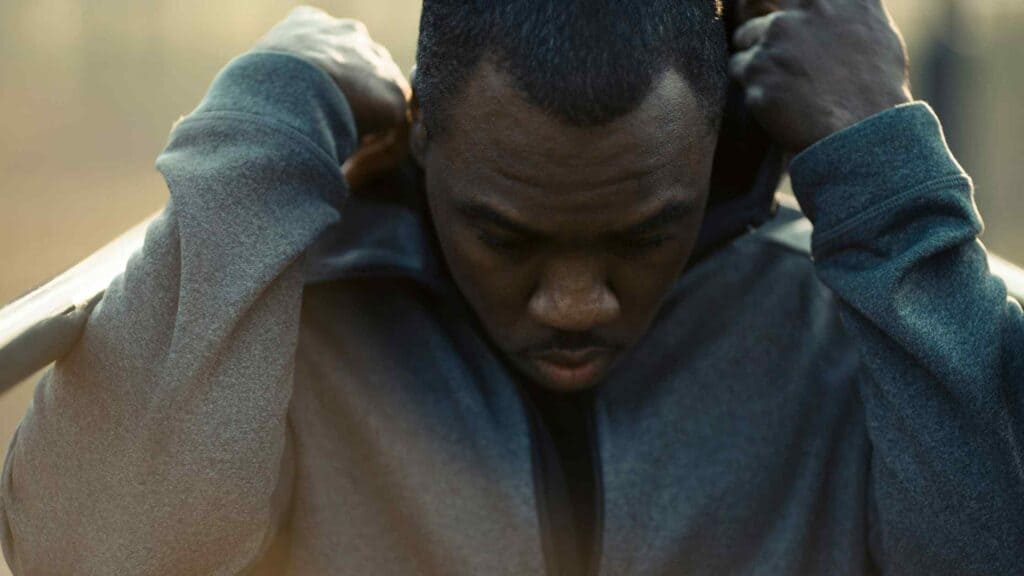
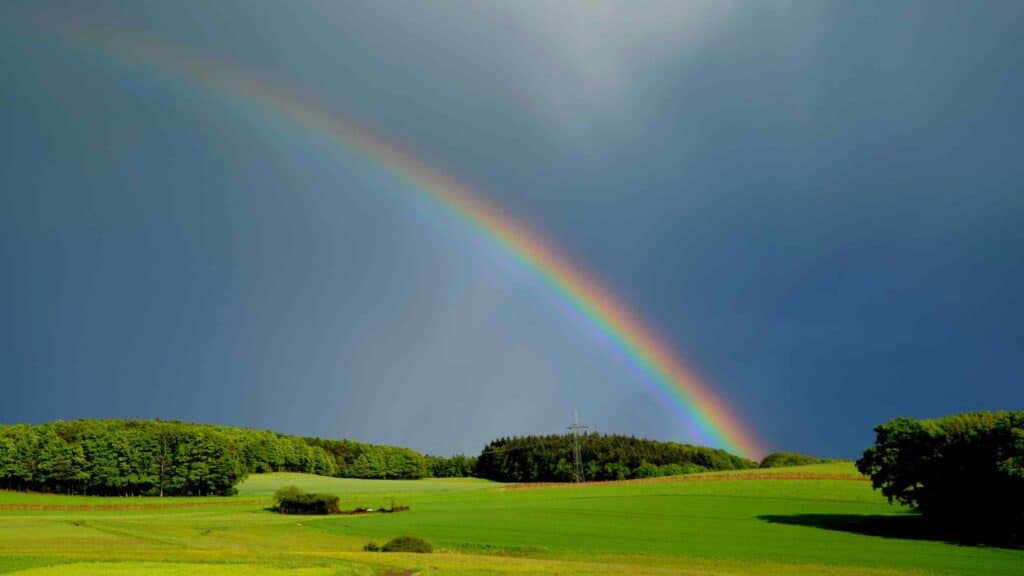
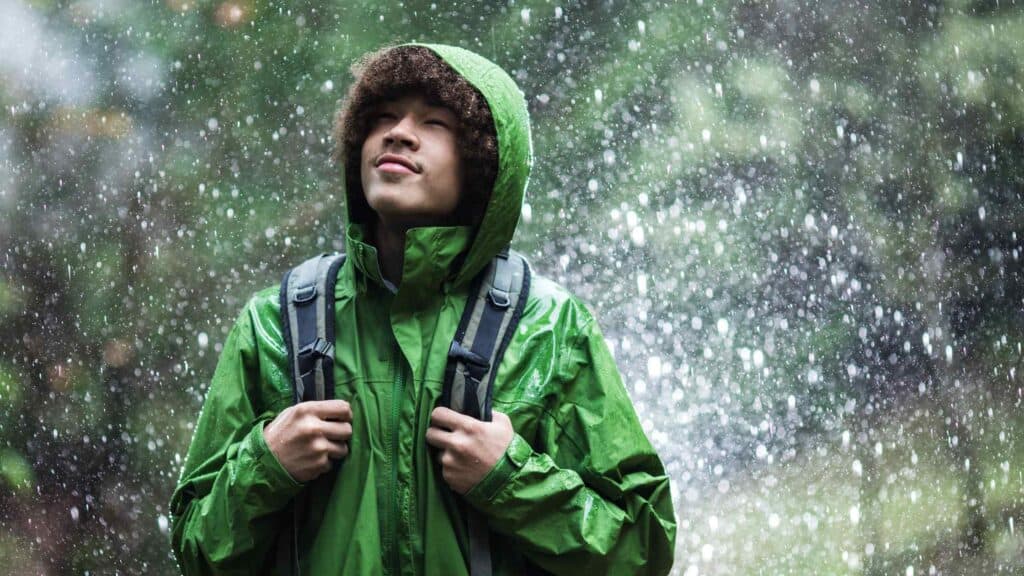
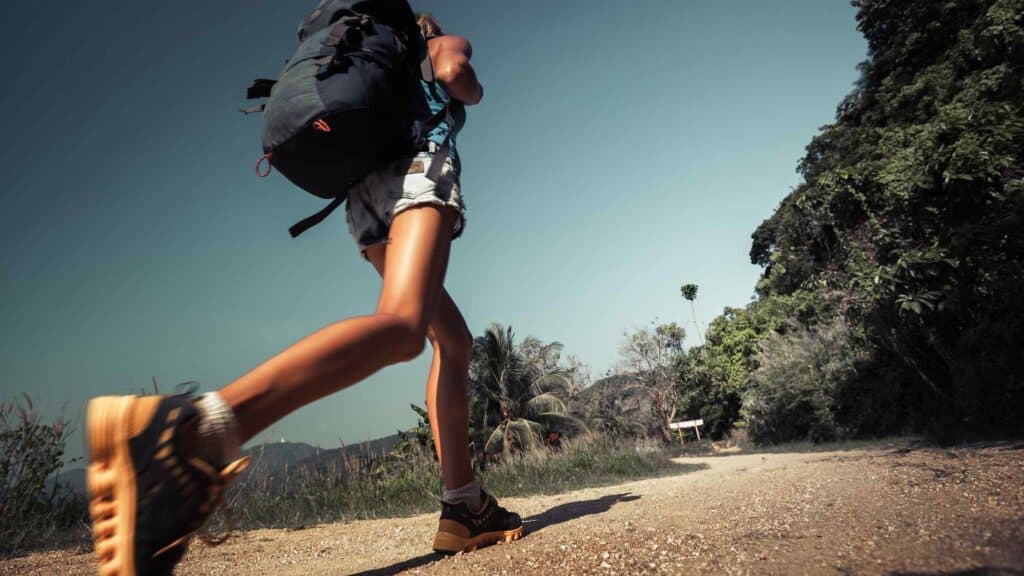
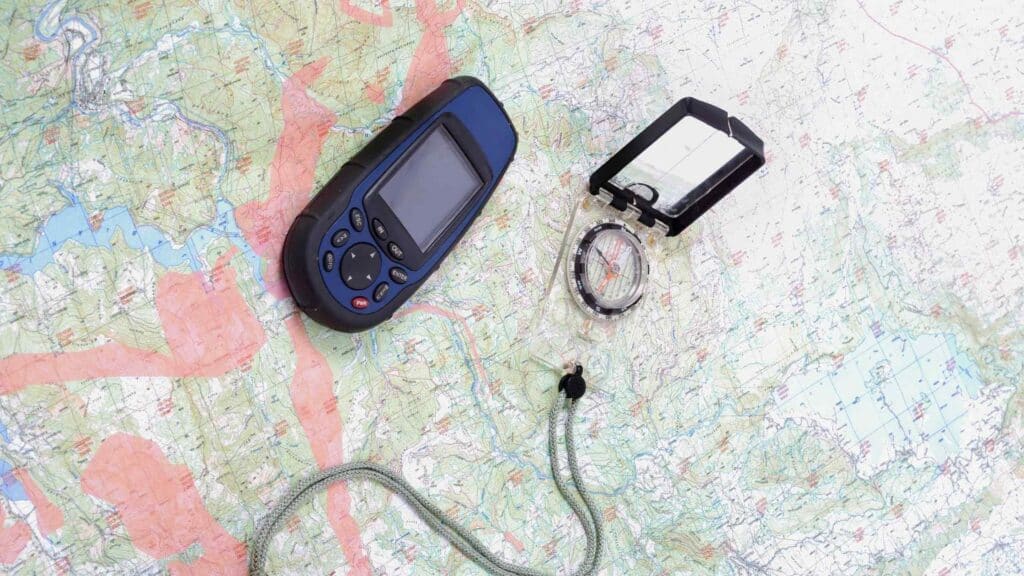
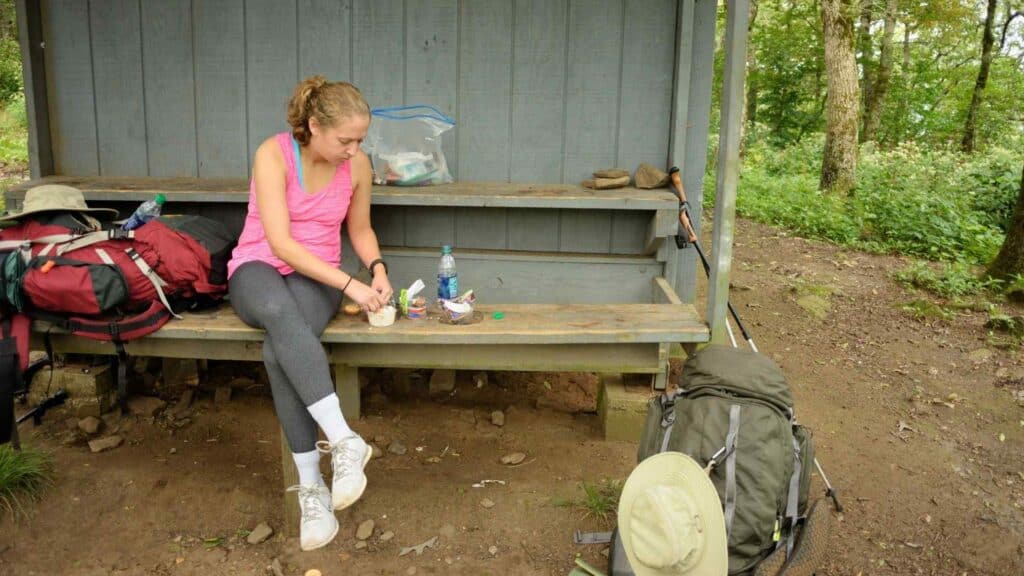
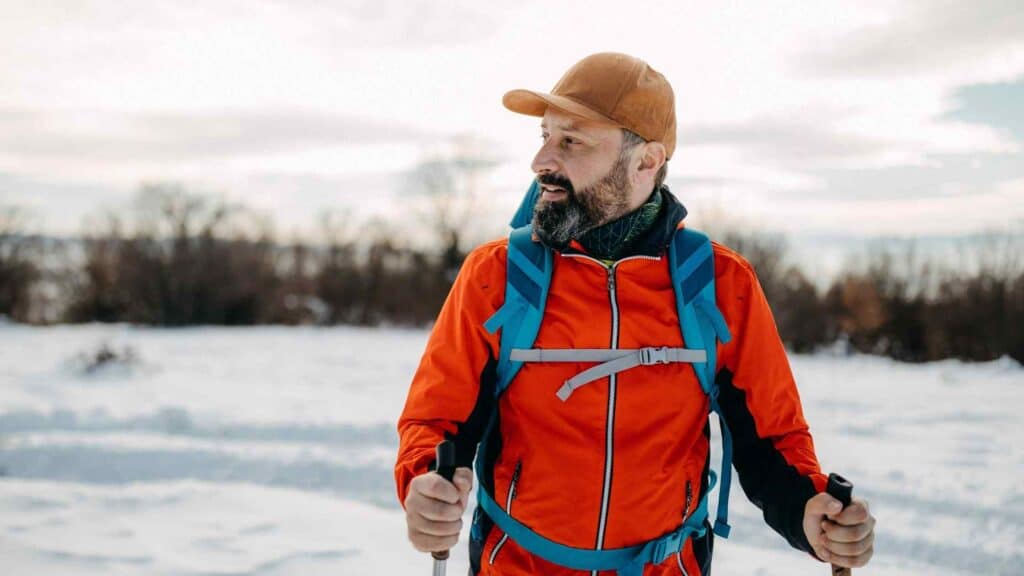
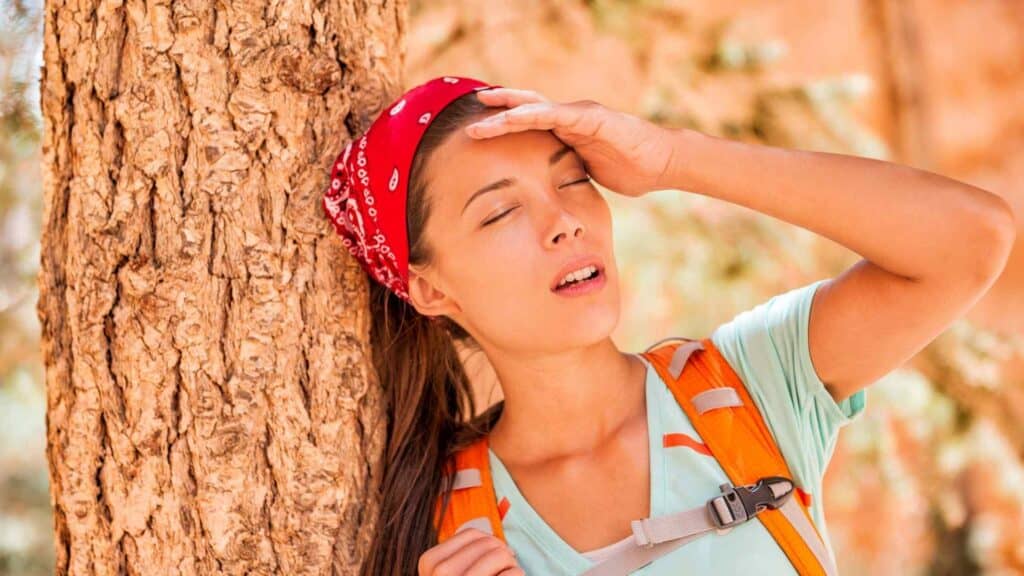
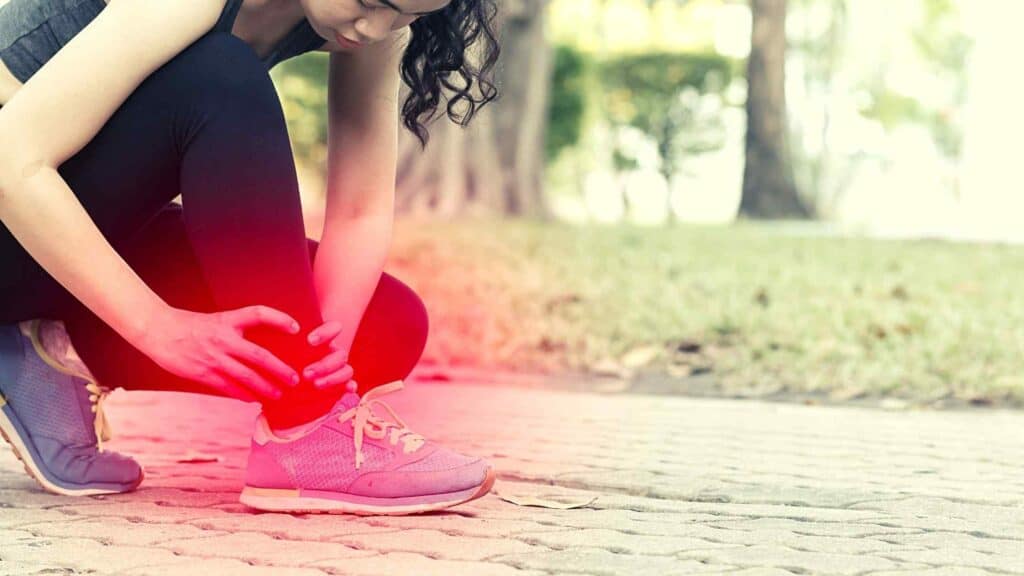
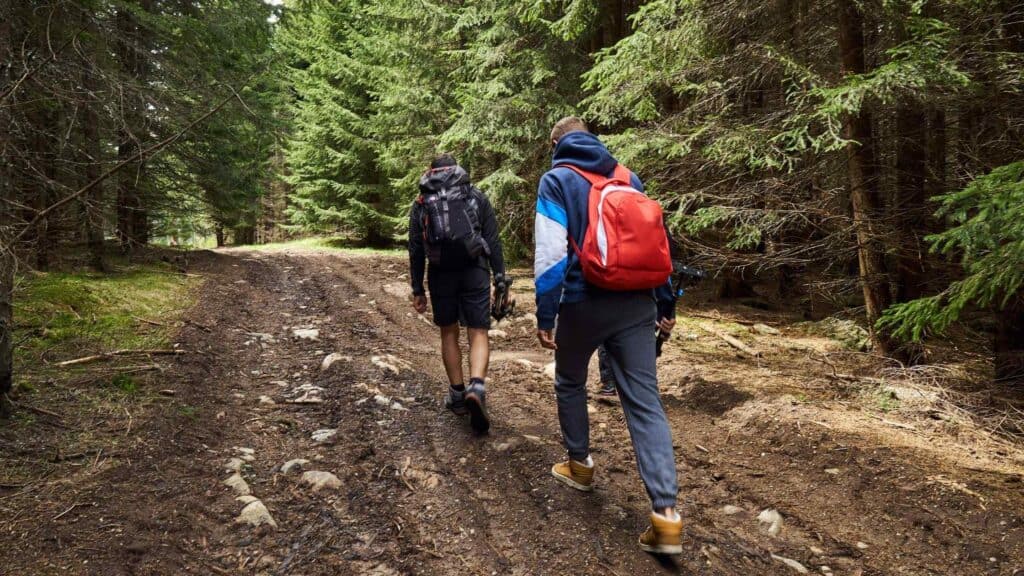
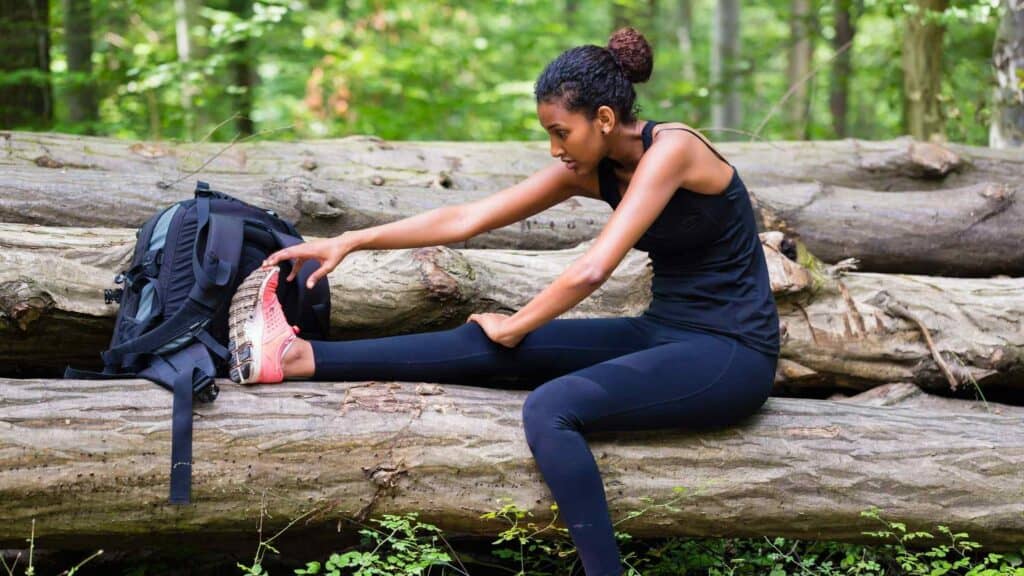
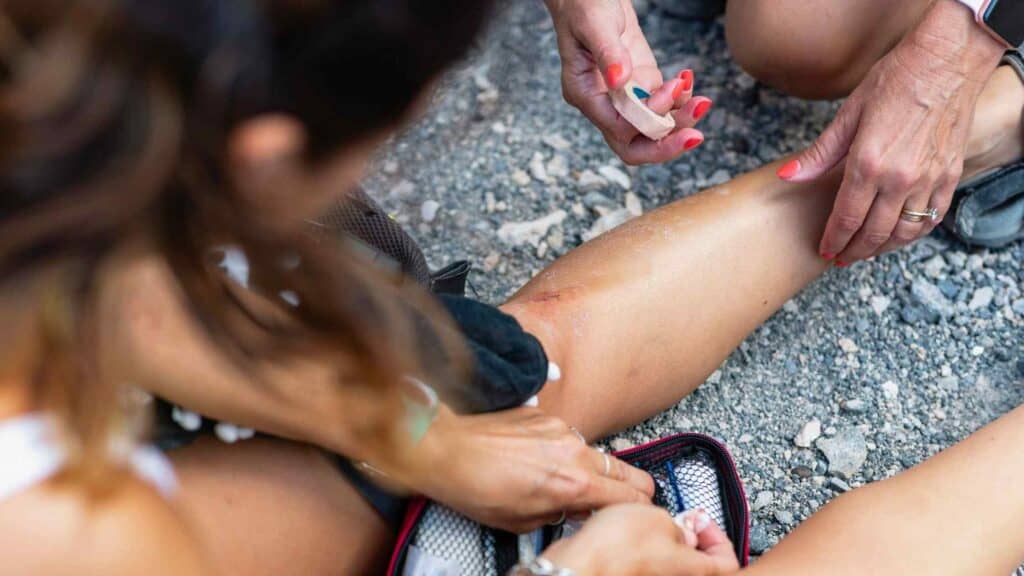
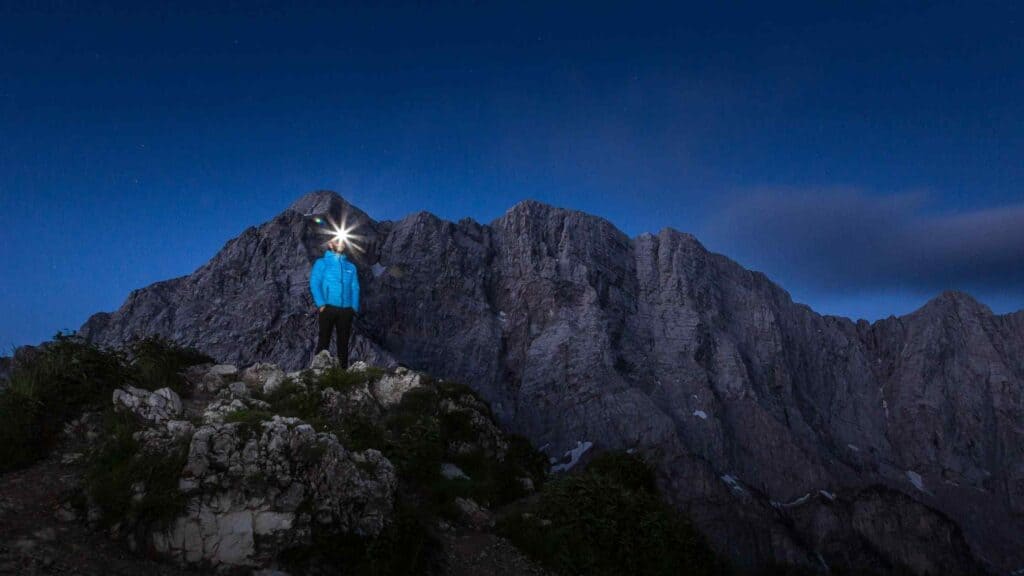
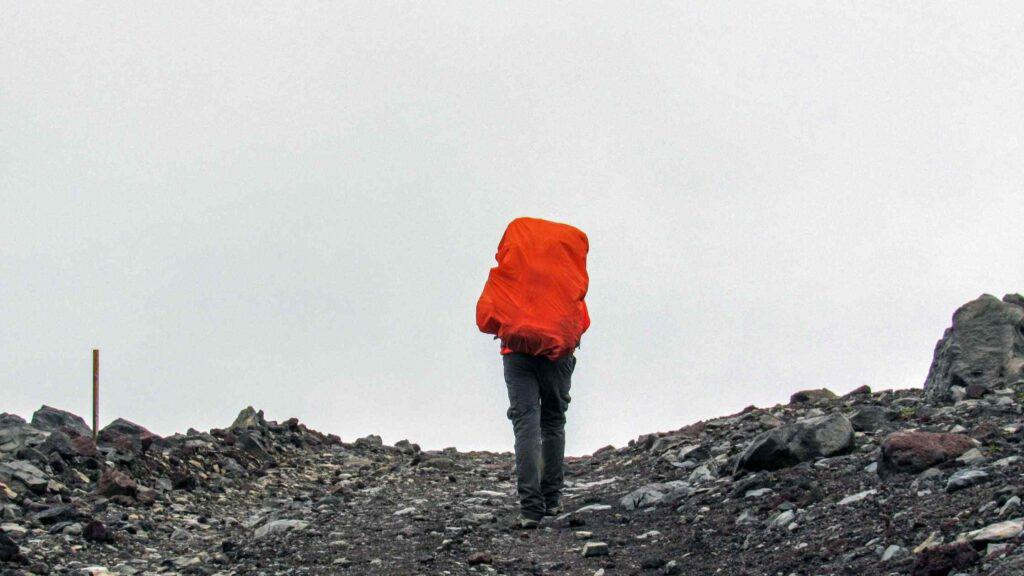
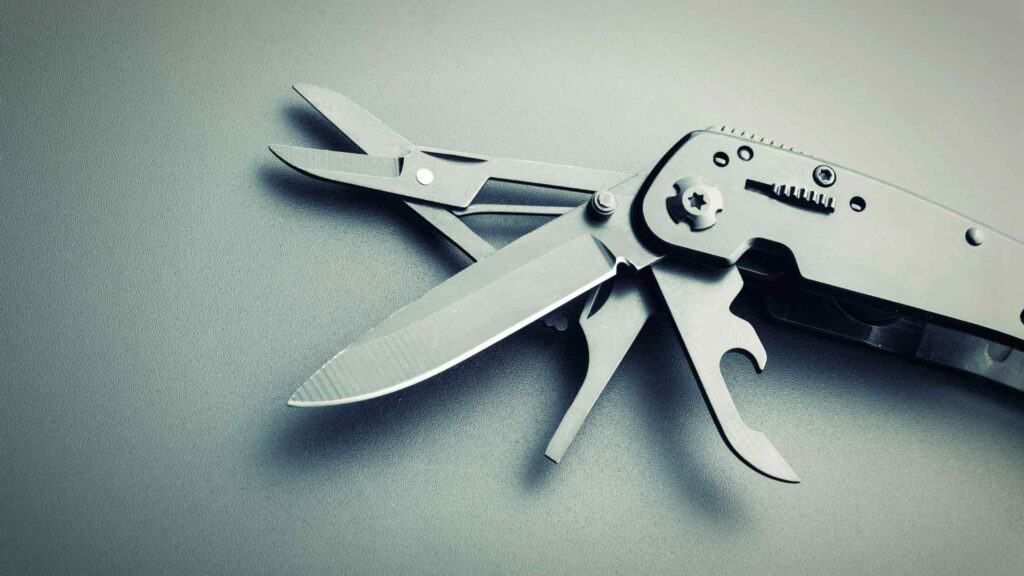
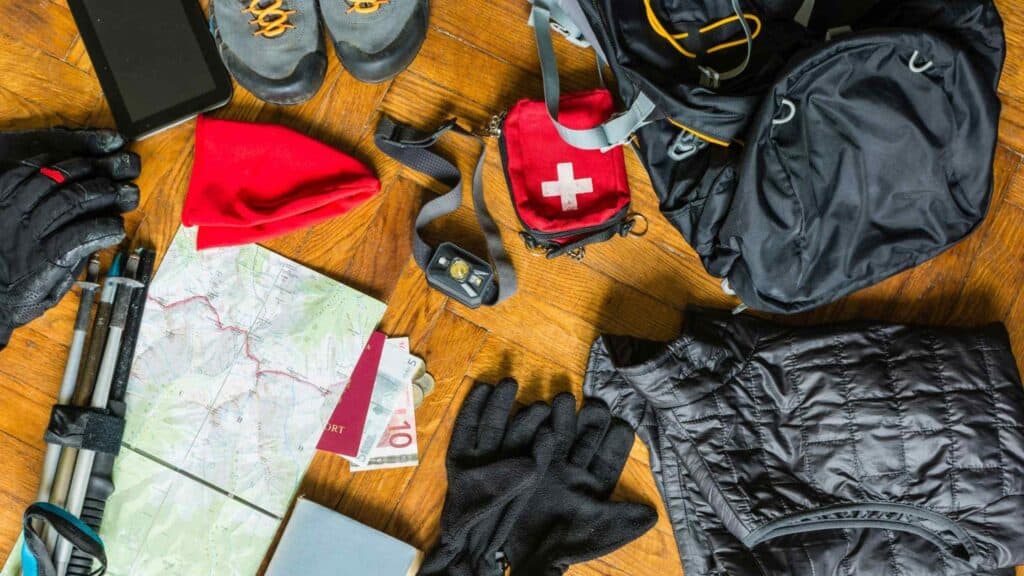
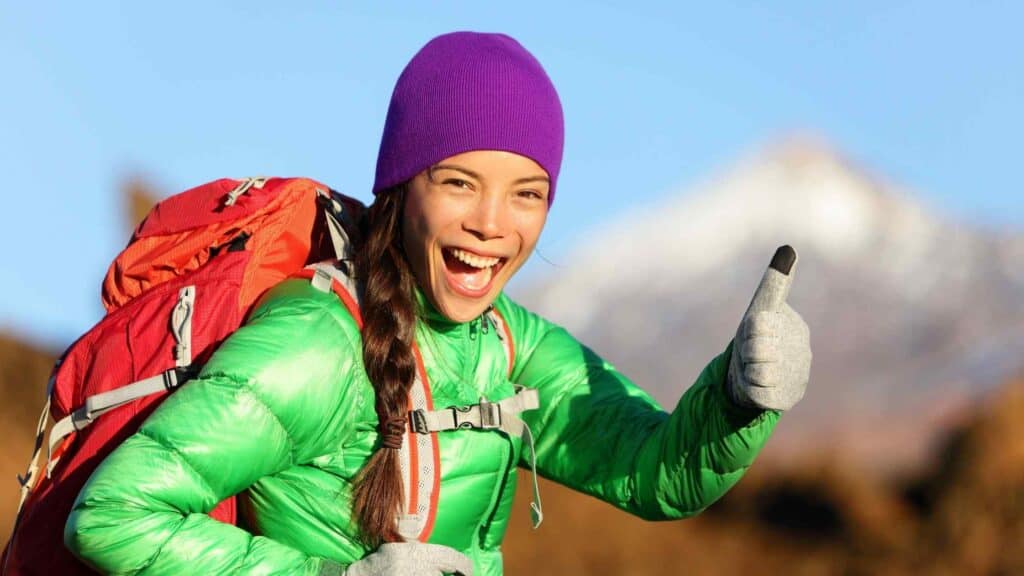
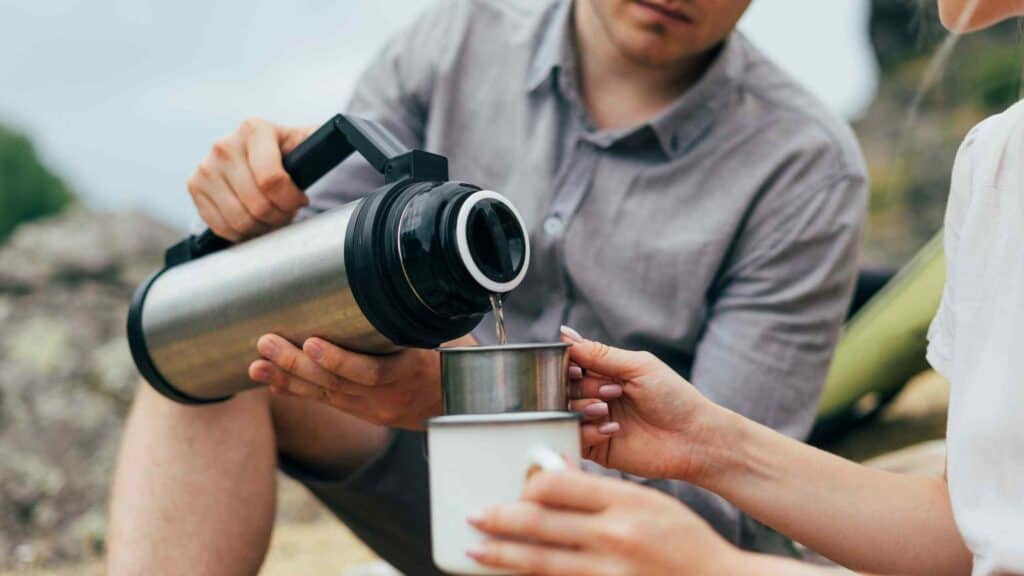
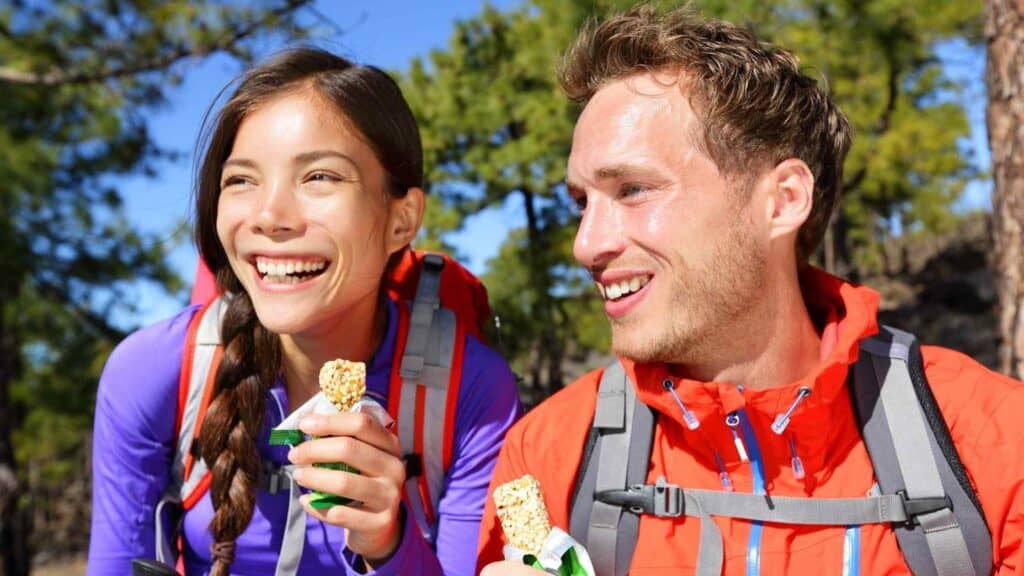
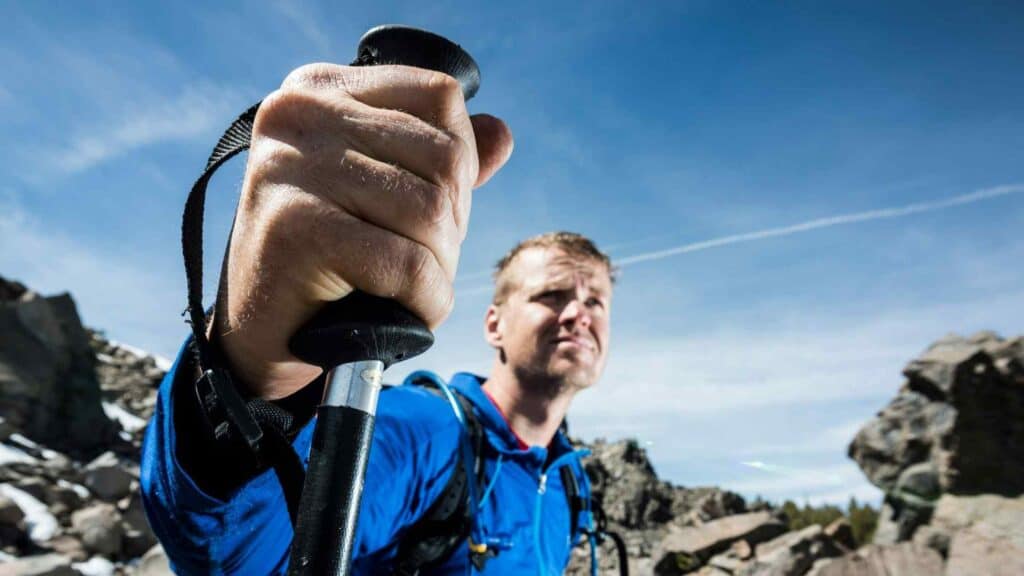
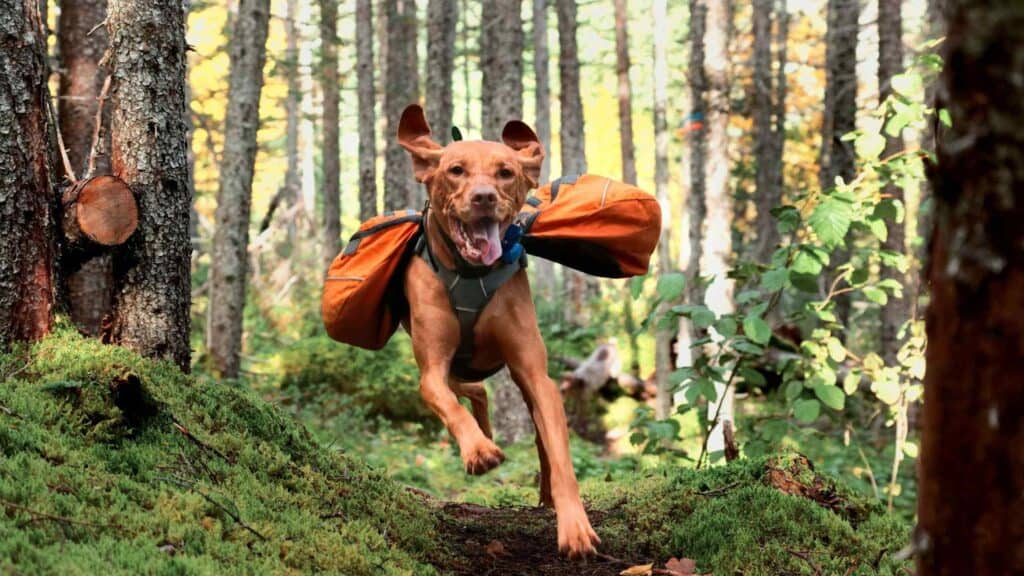
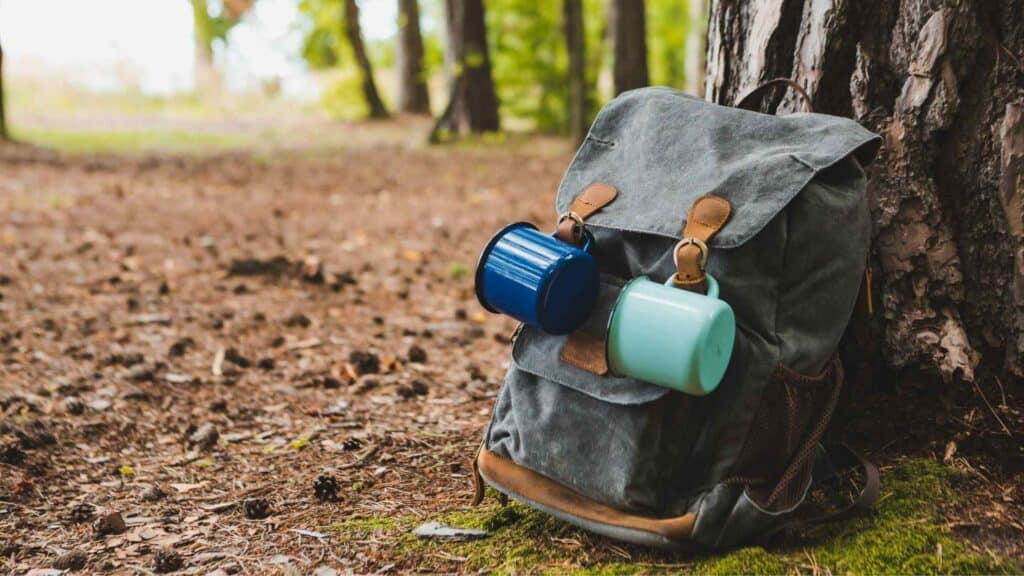
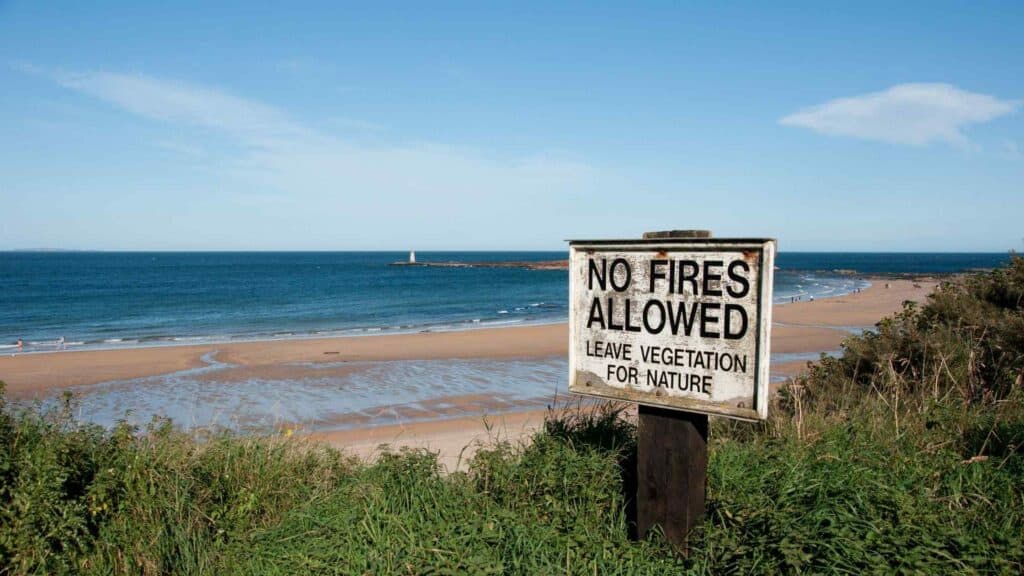
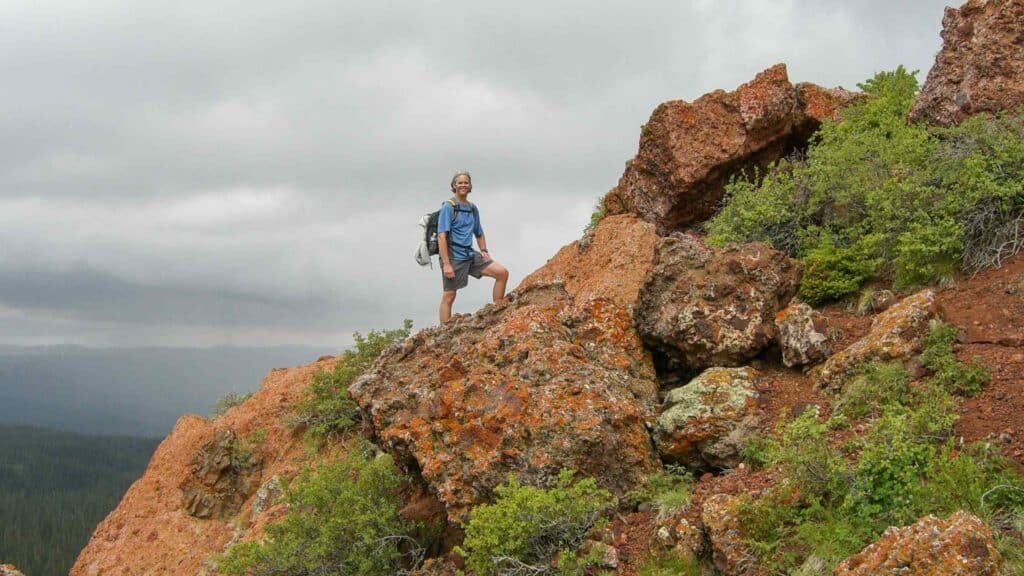
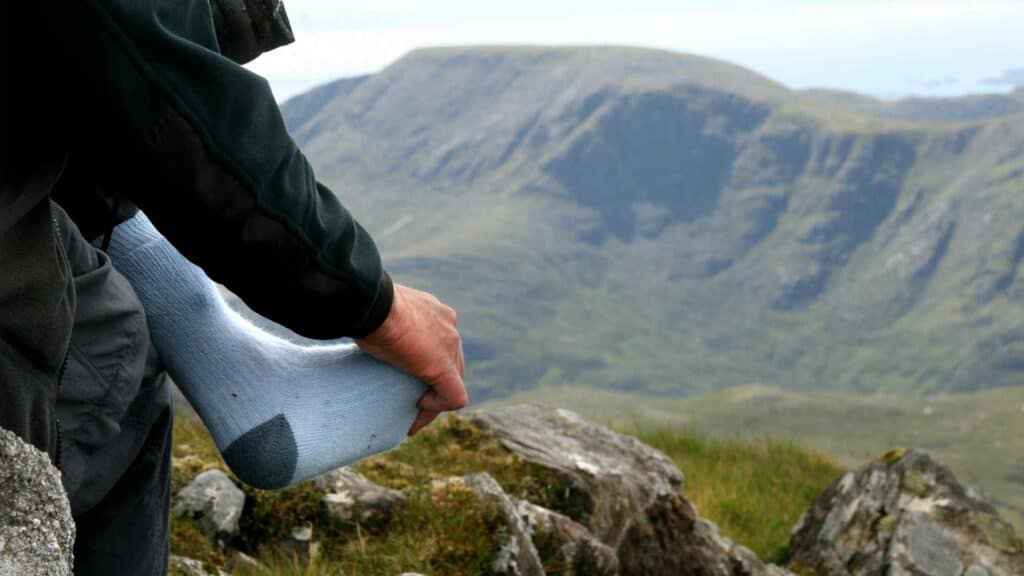
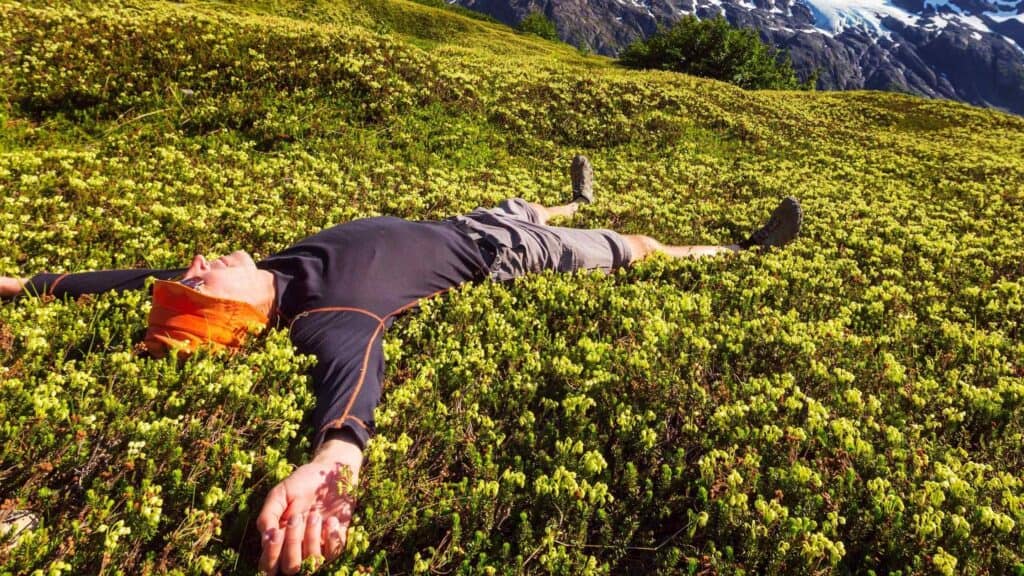
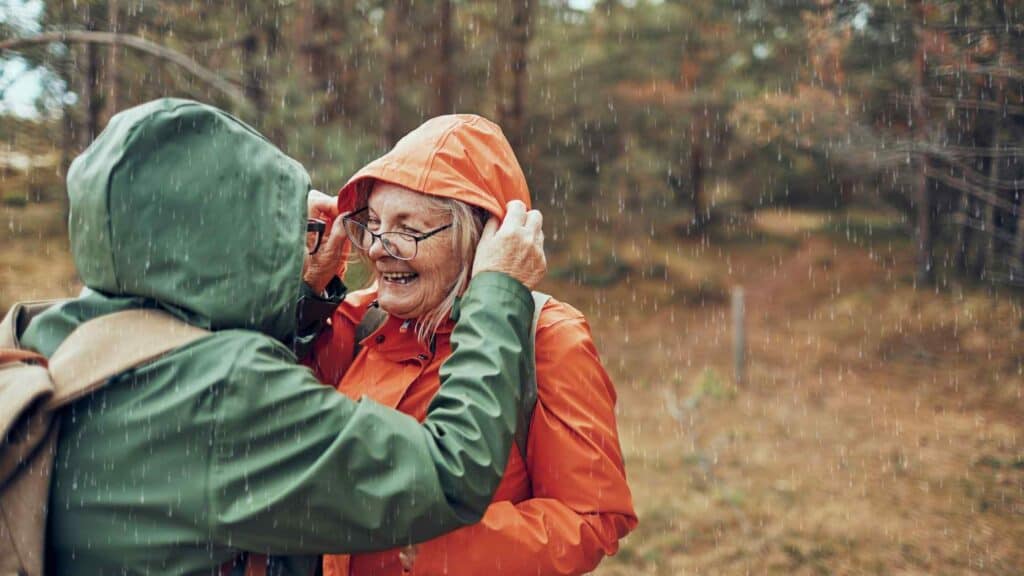
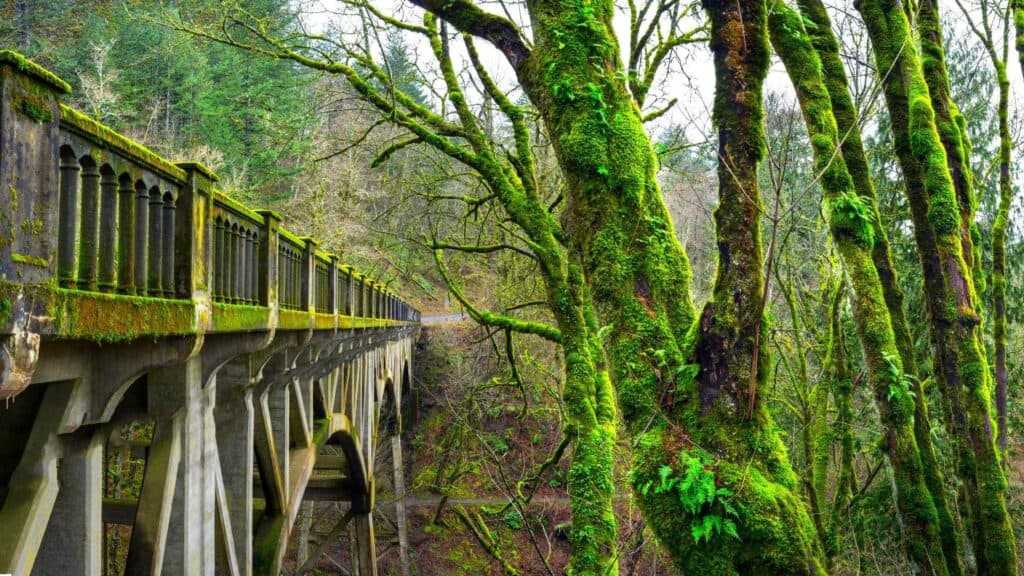
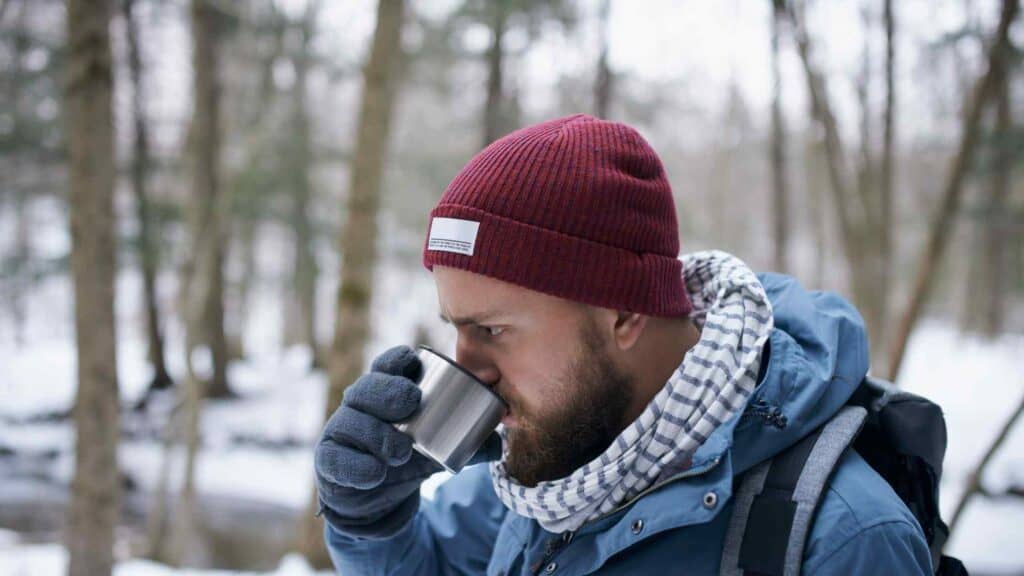
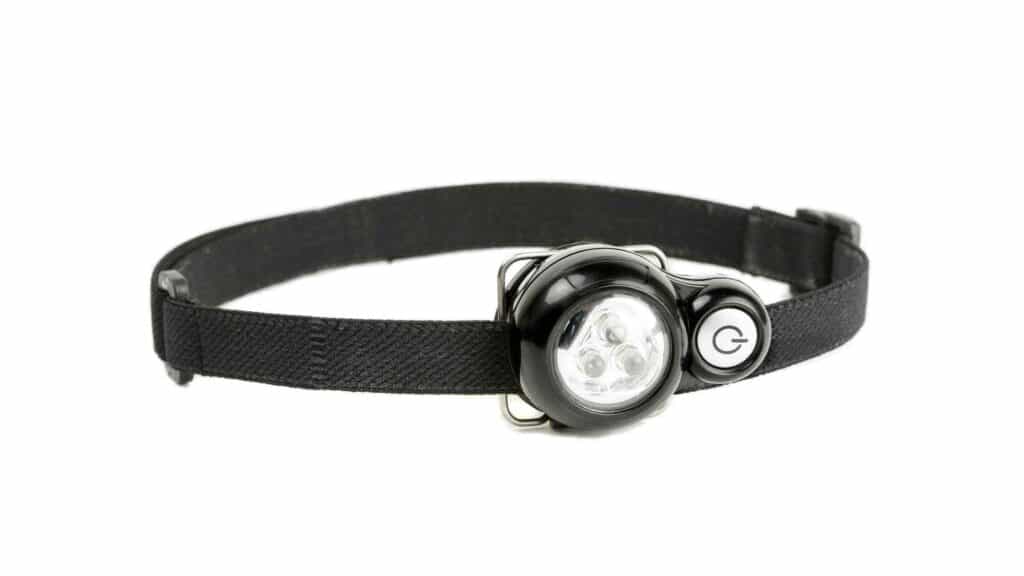
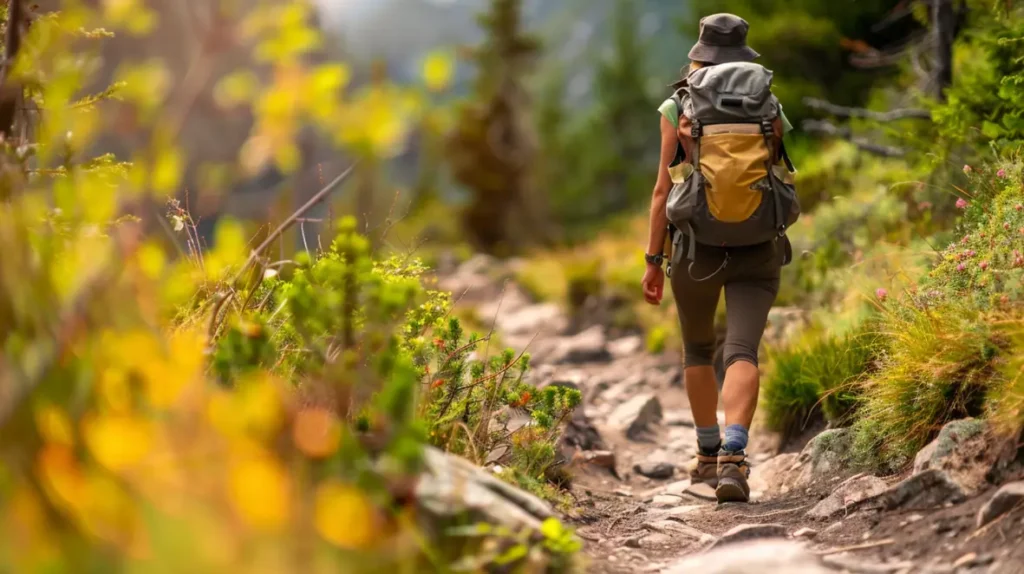
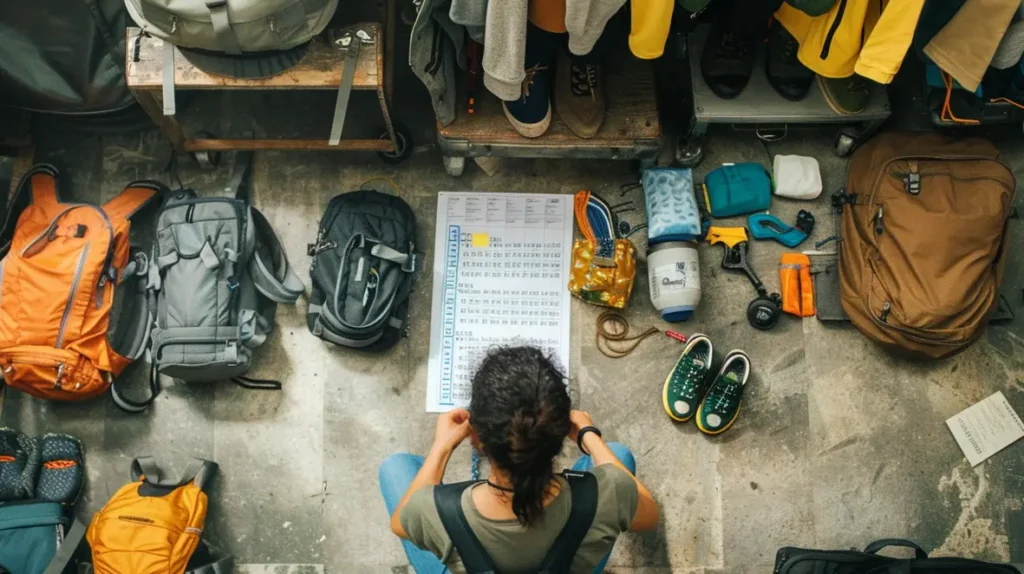
Pingback: 12 Best Hiking Boots for Women (in 2022)
Pingback: Awesome Adventures For Your Next Getaway – Beauty That Walks
Pingback: 7 Beginner Hiking Tips to Crush Trail Anxiety [2024 Guide]
Pingback: Foolproof Day Hiking Checklist: Pack Smart, Hike Happy
Pingback: Wildlife Safety for Campers: Essential Tips | WBHawkins
Pingback: Complete Solo Camping Guide [2024] | WBHawkins